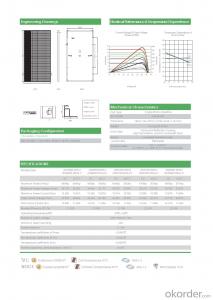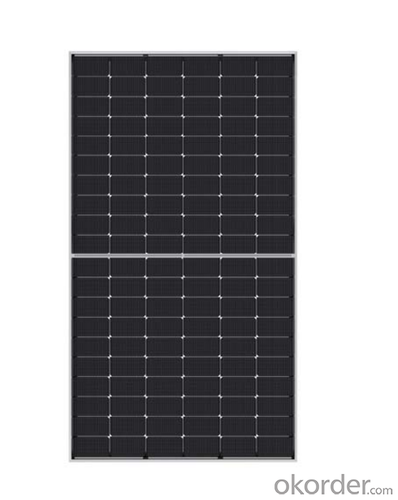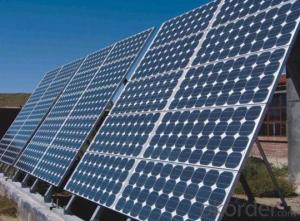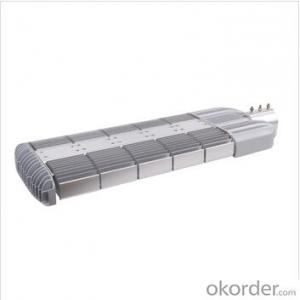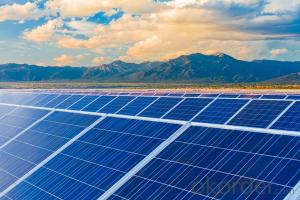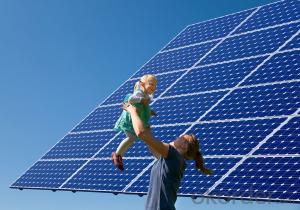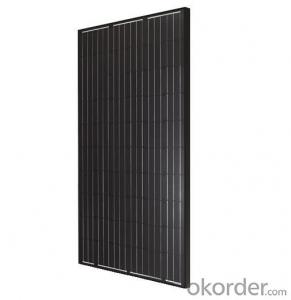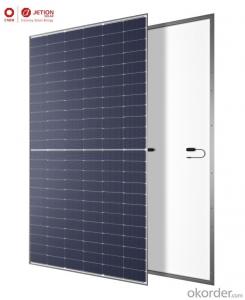Silfab Solar Panels - Jinko Brand Tiger Neo N Type Mono-Crystalline 60HL4-(V) 460-480 Watt Mono-Facial Module
- Loading Port:
- Stock in Panama
- Payment Terms:
- TT OR LC
- Min Order Qty:
- 100 watt
- Supply Capability:
- 10000 watt/month
OKorder Service Pledge
OKorder Financial Service
You Might Also Like
Specification
1.Overall Characteristics:
- 120 Crystalline photovoltaic Cells per Module
- Size:1903×1134×30mm (74.92×44.65×1.18 inch)
- Weight: 24.2kg
- Front Glass:3.2mm,Anti-Reflection Coating,High Transmission, Low Iron, Tempered Glass
- Frame: Anodized Aluminium Alloy
- Junction Box:IP68 Rated
- Output Cables:TUV 1×4.0mm2; (+): 400mm , (-): 200mm or Customized Length
2.Certificates
IEC61215(2016), IEC61730(2016)
ISO9001:2015: Quality Management System
ISO14001:2015: Environment Management System
ISO45001:2018 Occupational health and safety management systems
3.Warranty:
- Product warranty: 10 years
- Performance warranty: 10 years with maximum loss of 10% & 25 years with maximum loss of 20% on Power Rating
4. Factory Ability:
Automatic Production Equipment
uses advanced automatic production equipment and precise testing instruments to create reliable, high quality solar products.
Quality Commitment
adheres to the idea of "excellent quality, excellent life "to ensure the quality of products, meanwhile we pay attention to protecting the environment and improving the quality of life, successfully passed the ISO9001, ISO14001.
Customer-centric Services
provides solar PV grid-tie power stations, solar off-grid stand-alone system, solar lighting system, and other solar application products' manufacture, sales and installation services.
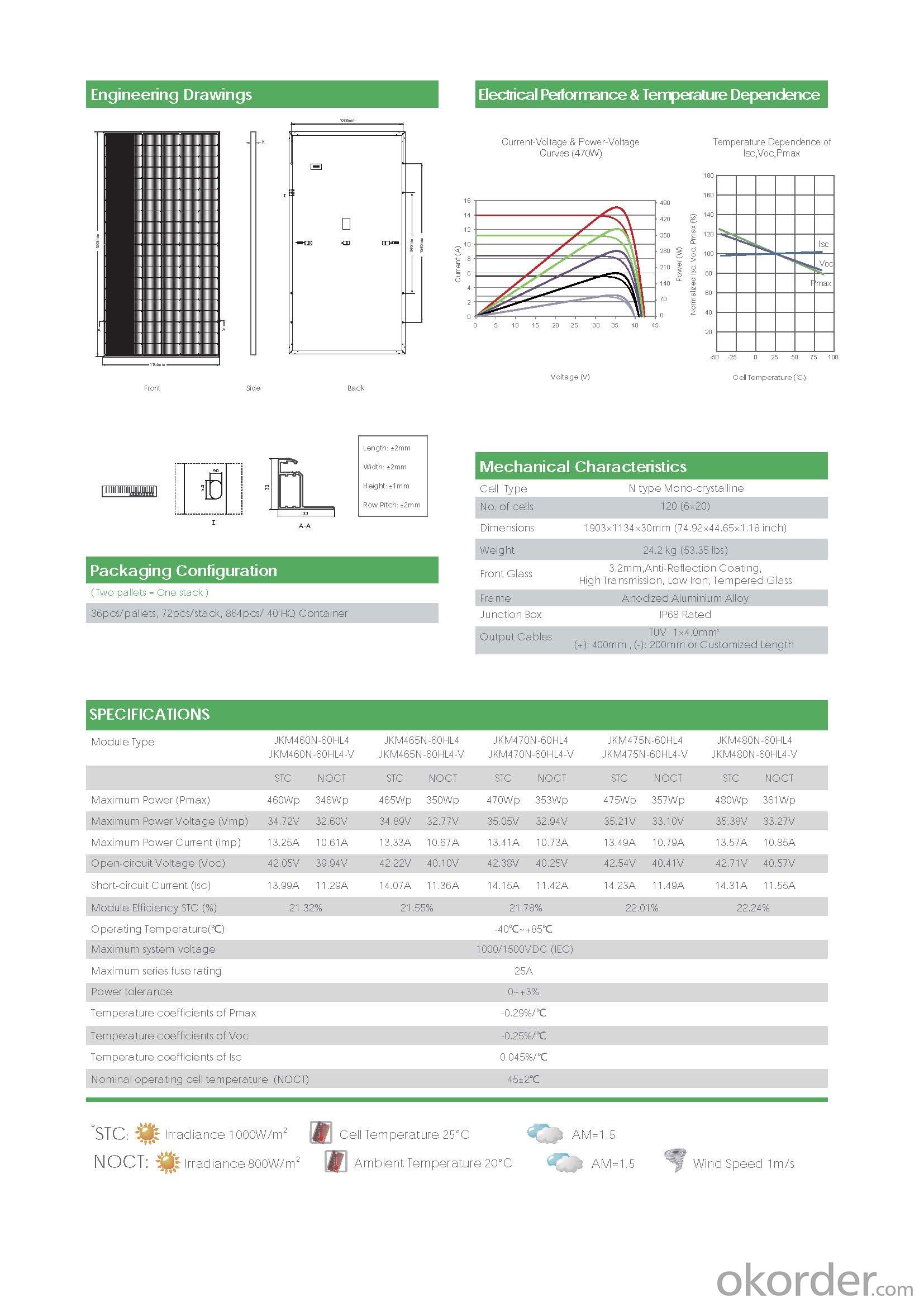
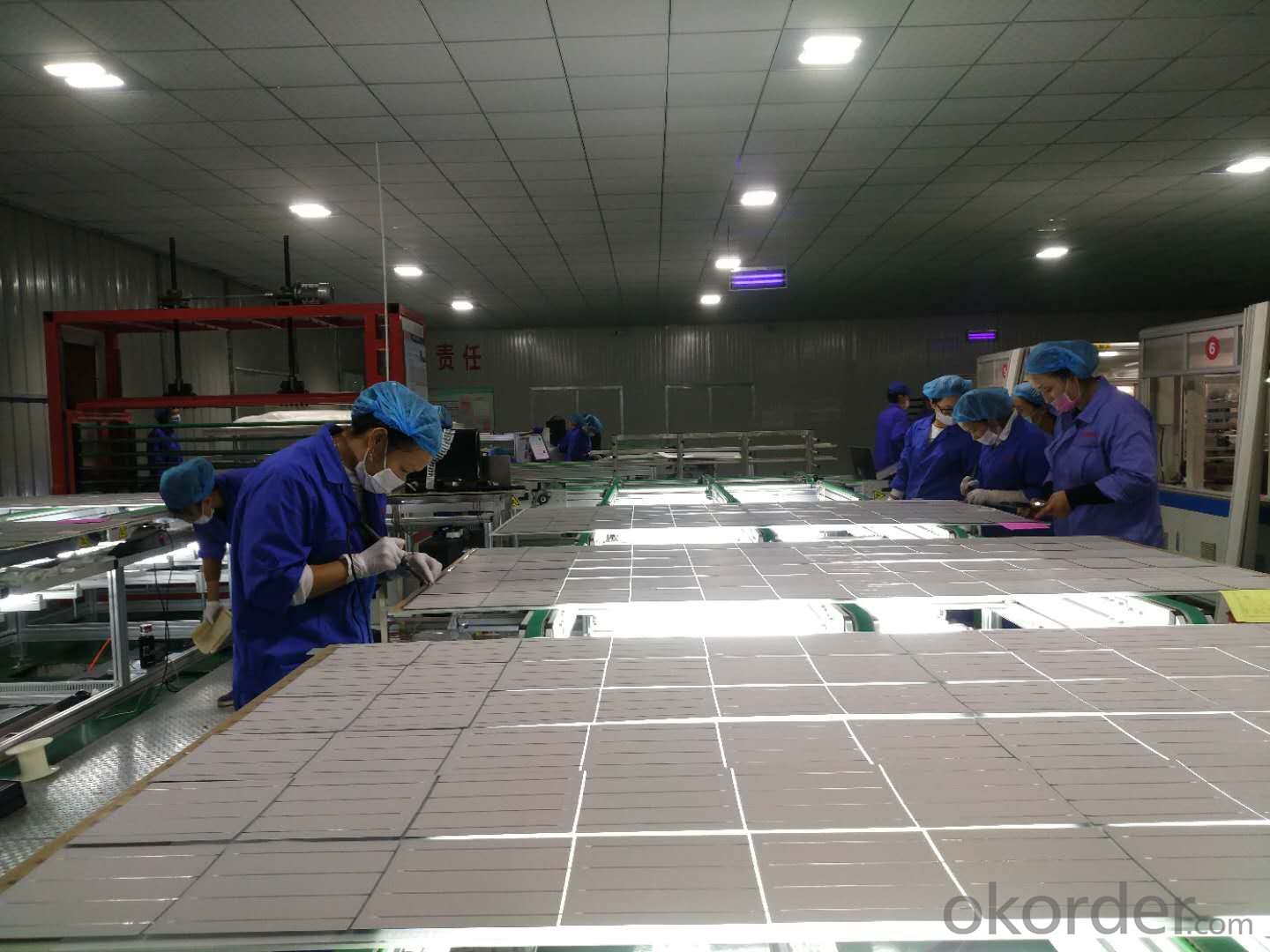
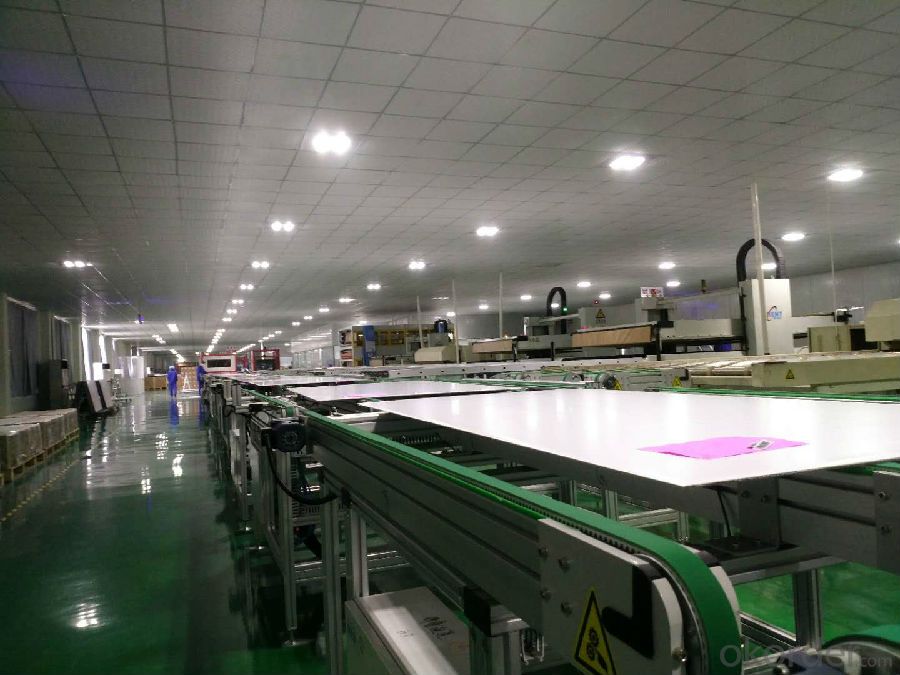
- Q: How will i construct solar panel?
- The key is like a spiral stair case with landings at each floor, but the momentum of having to turn is enough to climb from floor to floor. I guess the energetics use the handrail quite utterly and only, pressing against it like bearings in a wheel. With metals and metalloids a 3' x 3' solar panel would power your house and car and make your energy bill negative, but costs several million dollars since the chain of rare elements is only affordable to obtain by strip-mining top soil of many square miles of fertile land just for a single panel and thus destroys good farmland for hundreds if not thousands of years. Clearly solar panels will not solve any problems ever...unless their yours only.
- Q: looking for a solar panel to charge my laptop on the road, macbook is 60 watt 6.v 3.5a, what should i be looking for in a solar panel?
- Well that's a good idea,,,here's what ya need..First you need an array that will overcome the drain effect created by the in use or sleeping laptop...that is best solved by averaging out the real use of the machine in terms of watt/minutes...If you check your transformer you'll see it has a capacity which you have cited however the true use of the computer is about 40-50 percent of that in watt/minutes..but only while your using it and when in the sleep mode the watt/minute value drops even more to about 5%.... So if your actual use consists of 2 hours of use per day at 50% and 2 hours at 5% percent the actual wattage draw is only averaged out at 34watts/minute. optimally your panel should supply all your power from its photovoltaic conversion ,but in the real world application the panel only recharges ,over a period of time, the used power. So if you had a 5 watt (@ 2vdc) panel working 480 minutes and used up 35 x2=700 and 9 x2=8 for a total of 78 watts you would have 5 x 480 = 7200 watts input and a parasitic load of 78 watts in the two hours...well within the recharge state required.. For a little safety I would permanently wire a cigarette lighter type plug to the end of the panel this will keep the polarity correct and serve as a quick disconnet means...Also add a fuse at .5 amp... a good place to get these are on the internet....some are very expensive some a very cheap --go for a middle of the roader...Have a good one from the E...
- Q: I have heard you can make your own solar panels.... But How?Where do you start? Is it cheap, or should I just BUY them already made?
- If you're thinking of solar electric panels then forget it. It you just want to dabble in solar power then shop around for a 5 volt panel. Find out how many watts it puts out and then divide the cost $$ by the wattage. The lower the cost per watt the better of a deal you'll be getting That's generally speaking of course because it doesn't take quality into account but it's a practical way to compare panels. On the other hand, it you want to make a solar panel that will heat hot water then it's a different story. You can have a lot of fun with that project and you'll find a lot of plans on the Internet.
- Q: can you buy single solar panels say to power a washing machine fridge etc.if so where can i buy them from
- Electicity okorder
- Q: Can solar panels be installed in areas with high levels of air pollution?
- Yes, solar panels can be installed in areas with high levels of air pollution. While air pollution may slightly reduce the efficiency of solar panels by blocking sunlight, they can still generate electricity even in polluted environments. Regular maintenance and cleaning of the panels can help mitigate any potential impact on their performance. Additionally, solar energy remains a sustainable and environmentally friendly option, regardless of air pollution levels.
- Q: How are solar panels installed?
- Solar panels are typically installed on rooftops or open spaces using metal frames or mounting brackets. The process involves anchoring the panels securely, connecting them in a series or parallel configuration, and wiring them to an inverter that converts the DC electricity generated by the panels into usable AC electricity. Additionally, a solar panel installation may require making electrical connections to the building's electrical system and installing a net meter to measure the energy produced and consumed.
- Q: i am very much interested in making a solar panel, my problem is where i can acquire the main components in order to build it, i am staying here in abu dhabi UAE i'm always searching on the internet for shops that can provide me a DIY kit but i did not find one, i need somebody who knows where i can get these things, please let me know.
- I okorder
- Q: Can solar panels generate electricity during a blackout?
- No, solar panels cannot generate electricity during a blackout unless they are connected to a battery storage system.
- Q: Can solar panels be used for powering electric gates?
- Yes, solar panels can be used to power electric gates. Solar panels convert sunlight into electricity, which can be stored in batteries for later use or directly used to power electric gates. This provides a sustainable and cost-effective solution for powering gates in areas without access to grid electricity.
- Q: i really need to know howbecause im building a solar powered car for science fair :]thank you!
- Hehe, if you want to build your own solar panel that looks like what you see on buildings, etc, you will probably need to be a multi-millionaire. Here is a quote from the first link in my sources list: The high-efficiency solar cells you can buy at Radio Shack and other stores are made from highly processed silicon, and require huge factories, high temperatures, vacuum equipment, and lots of money. But fortunately for you, there is a cheap way to make a solar panel yourself (see first link). I love the scitoys website, but I am not quite familiar with this particular experiment. It looks like a science fair project in itself! It also doesn't appear to put out nearly enough power to run even a small solar car. What I would recommend is buying a compact solar panel from Radio Shack or some other electronics store that you may know of. Type in solar in to the Radio Shack search box. The first item on the list may be useful to you (the solar panel battery combo). I am just guessing, though, since I don't know any of your requirements (voltage output, power output, size, etc). Also, buyer beware. This particular product has a pretty bad customer review... but then again, I find that people are more inclined to leave a bad review than a good one. Good luck... -Ubi
Send your message to us
Silfab Solar Panels - Jinko Brand Tiger Neo N Type Mono-Crystalline 60HL4-(V) 460-480 Watt Mono-Facial Module
- Loading Port:
- Stock in Panama
- Payment Terms:
- TT OR LC
- Min Order Qty:
- 100 watt
- Supply Capability:
- 10000 watt/month
OKorder Service Pledge
OKorder Financial Service
Similar products
Hot products
Hot Searches
Related keywords


